We’re dedicated to supporting healthcare professionals by developing innovative clinical solutions and providing resources that enhance comprehensive care for the skeletal dysplasia community.

Achondroplasia is a rare, genetic, skeletal dysplasia. It has distinct clinical features including short stature with disproportionate shortening of limbs relative to trunk, macrocephaly with frontal bossing and midfacial hypoplasia with depressed nasal bridge, hypotonia, and joint hypermobililty. Achondroplasia may lead to multisystemic health effects.1,2
Learn more about the multi systemic effects of achondroplasia
Achondroplasia is an FGFR3-driven skeletal dysplasia caused by activating pathogenic variants of the FGFR3 gene. FGFR3 downstream signaling is responsible for regulating skeletal bone growth by inhibiting chondrocyte proliferation and differentiation.3
We are studying whether an investigational agent (infigratinib) has the potential to address the root cause of irregular bone growth in achondroplasia, by decreasing the overactivity of the FGFR3 receptor.4 It is the only oral agent under investigation for achondroplasia and is currently being studied in the PROPEL clinical program.4-7
Infigratinib is not currently approved for the treatment of achondroplasia by the U.S. FDA or any other health authority.
For more details, visit clinicaltrials.gov
Ravi Savarirayan , Penny Ireland, Melita Irving, Dominic Thompson, Inês Alves, Wagner A. R. Baratela, James Betts, Michael B. Bober, Silvio Boero, Jenna…
View articleRichard M. Pauli
View articleDavide Komla-Ebri, Emilie Dambroise, Ina Kramer, Catherine Benoist-Lasselin, Nabil Kaci, Cindy Le Gall, Ludovic Martin, Patricia Busca, Florent Barbault, Diana Graus-Porta, Arnold Munnich, Michaela Kneissel, Federico Di Rocco, Martin Biosse-Duplan, and Laurence Legeai-Mallet
View articleHypochondroplasia is a skeletal dysplasia characterized by disproportionate short stature.1 Common additional musculoskeletal manifestations include genu varum, limited elbow extension, lumbar lordosis, generalized joint laxity, and spinal stenosis.1 Respiratory complications, such as recurrent otitis media and sleep apnea, as well as epilepsy and neurocognitive difficulties, are also associated with the condition.2,3 Due to the considerable variability in clinical presentation, diagnosis of hypochondroplasia can be challenging.1,4
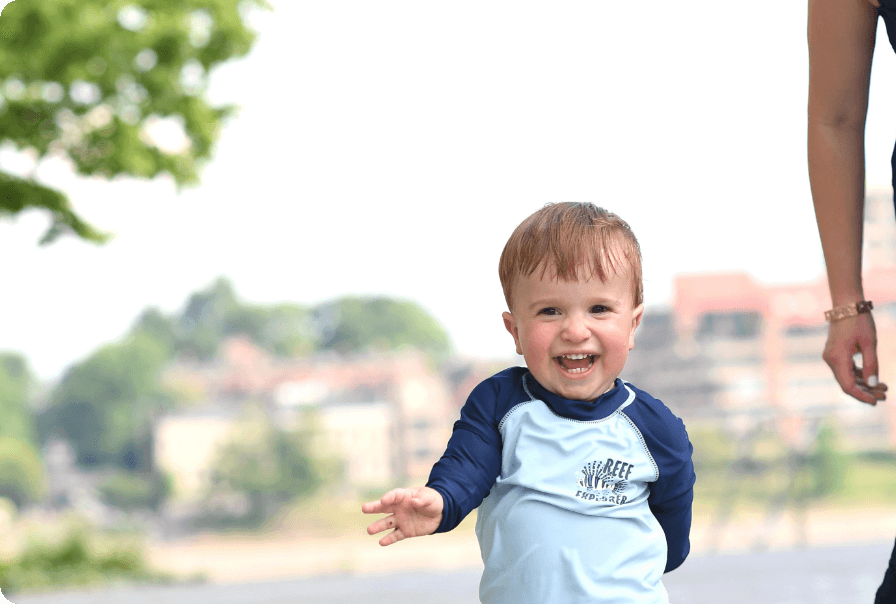
Hypochondroplasia may be detected and diagnosed prenatally by sonography with subsequent molecular confirmation. More typically, a diagnosis is made after birth through clinical evaluation, radiological assessment, and genetic testing.

FGFR3-driven skeletal dysplasias are caused by activating pathogenic variants of the FGFR3 gene. FGFR3 downstream signaling is responsible for regulating skeletal bone growth by inhibiting chondrocyte proliferation and differentiation.3
The ACCEL clinical program is designed to deepen our understanding of the natural history of hypochondroplasia and the medical outcomes that may be impacted by FGFR3 inhibition.
Infigratinib, an oral investigational agent, may impact FGFR3-driven skeletal dysplasias, such as hypochondroplasia.
Infigratinib is not currently approved for the treatment of hypochondroplasia by the U.S. FDA or any other health authority.
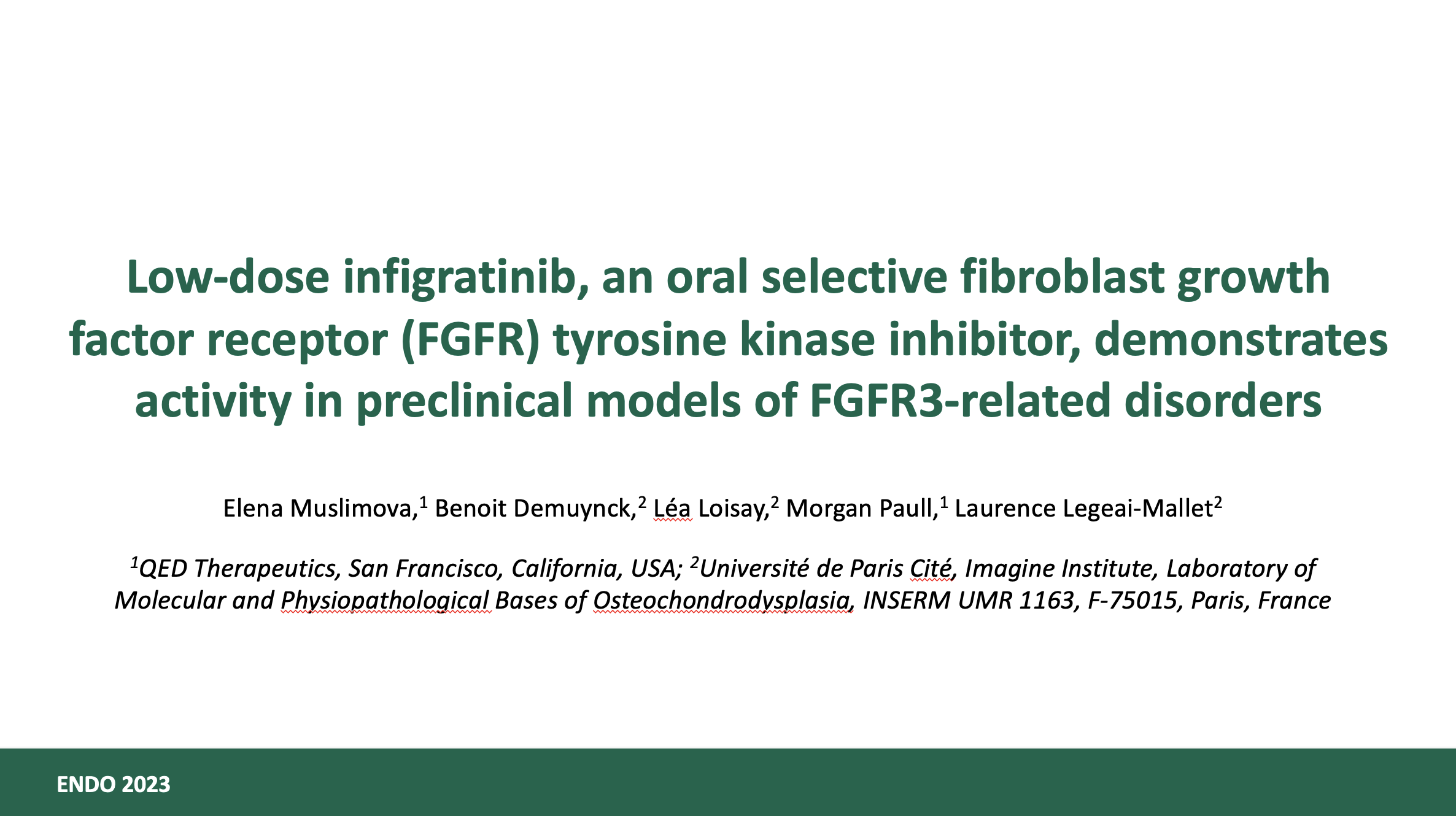
Elena Muslimova, Benoit Demuynck, Léa Loisay, Morgan Paull, Laurence Legeai-Mallet
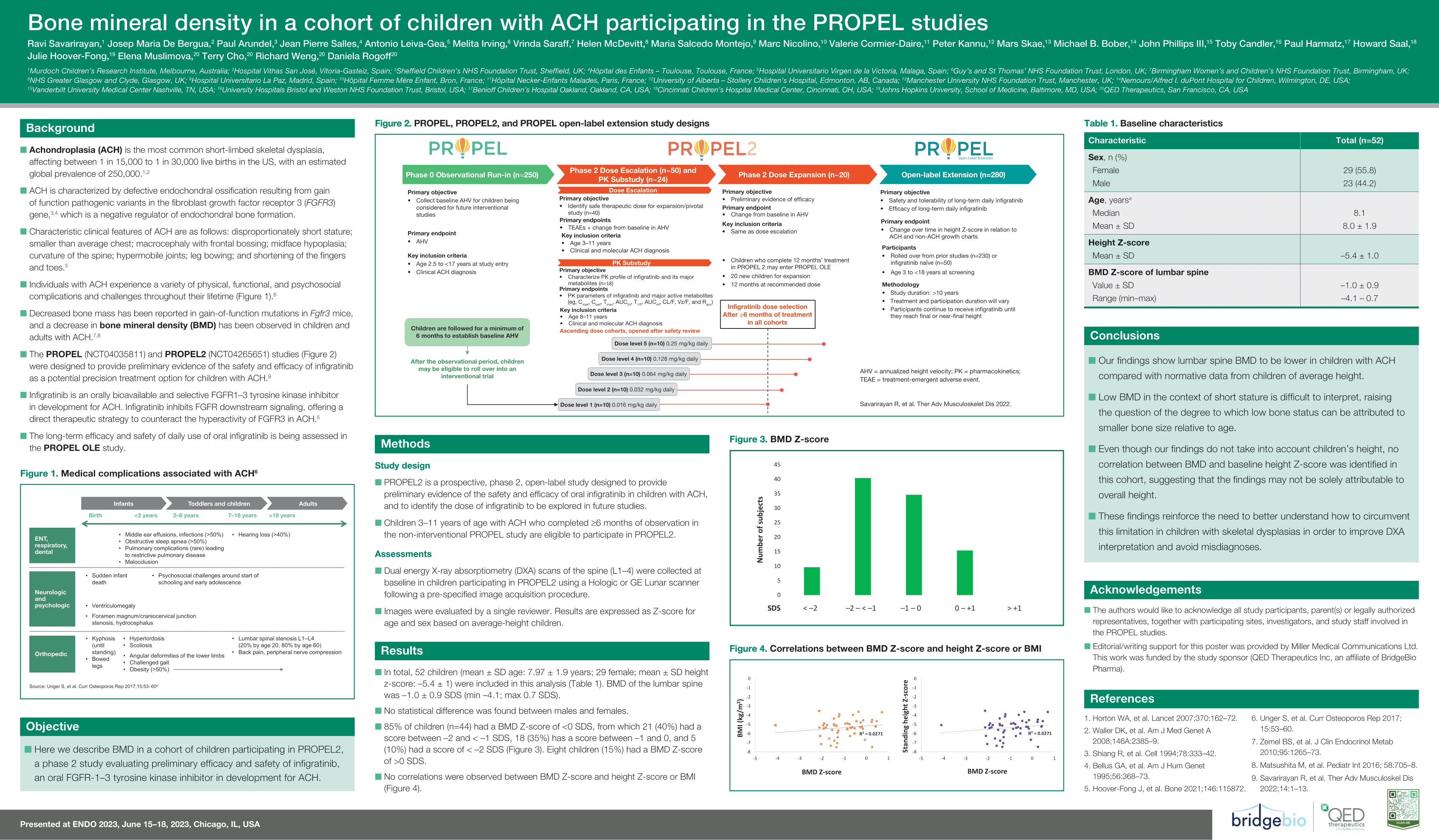
Ravi Savarirayan, Josep Maria De Bergua, Paul Arundel, Jean Pierre Salles, Antonio Leiva-Gea, Melita Irving, Vrinda Saraff, Helen McDevitt, Maria Salcedo Montejo, Marc Nicolino, Valerie Cormier-Daire, Peter Kannu, Mars Skae, Michael B. Bober, John Phillips III, Toby Candler, Paul Harmatz, Howard Saal, Julie Hoover-Fong, Elena Muslimova, Terry Cho, Richard Weng, Daniela Rogoff
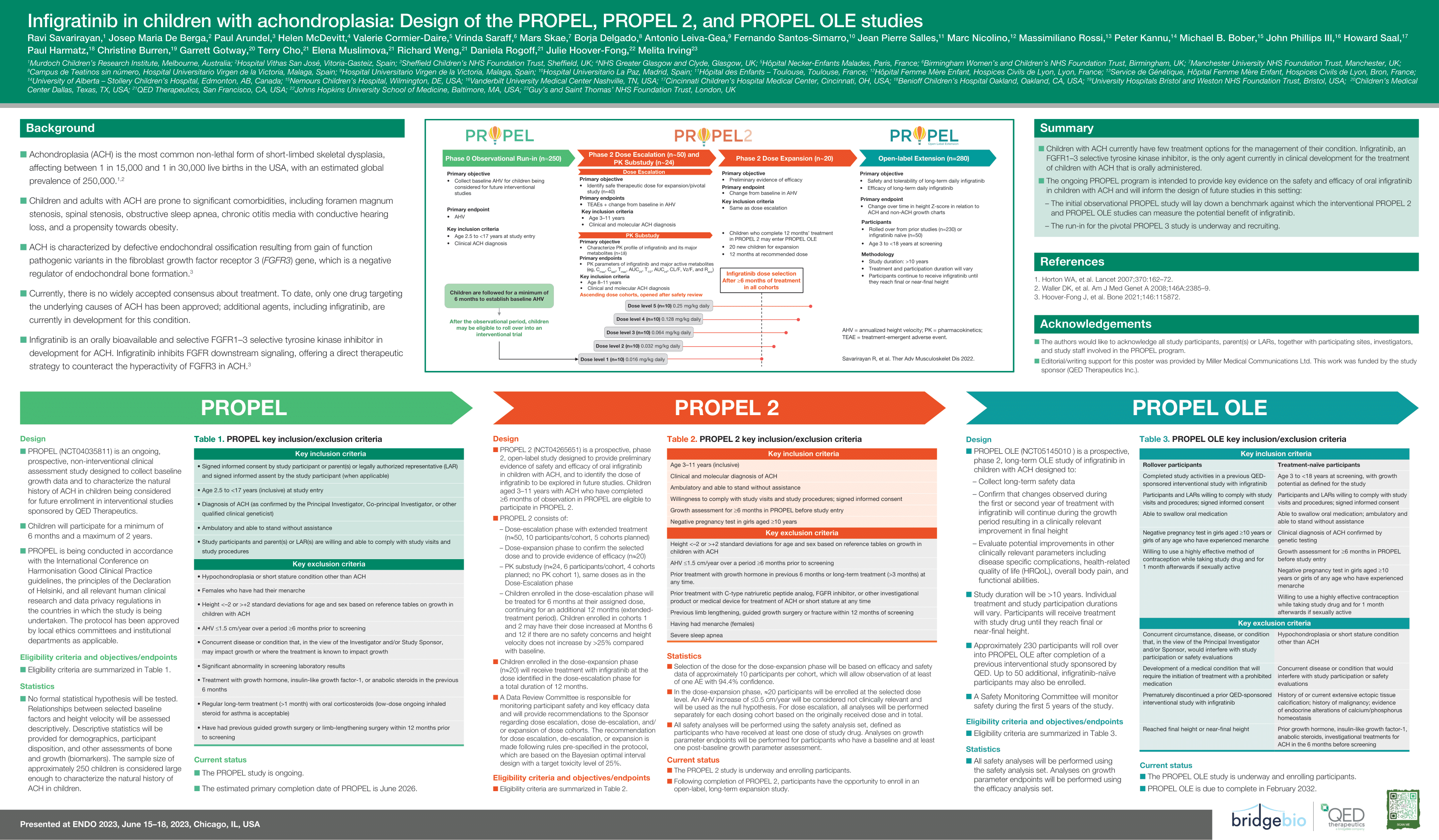
Ravi Savarirayan, Josep Maria De Berga, Paul Arundel, Helen McDevitt, Valerie Cormier-Daire, Vrinda Saraff, Mars Skae, Borja Delgado, Antonio Leiva-Gea, Fernando Santos-Simarro, Jean Pierre Salles, Marc Nicolino, Massimiliano Rossi, Peter Kannu, Michael B. Bober, John Phillips III, Howard Saal, Paul Harmatz, Christine Burren, Garrett Gotway, Terry Cho, Elena Muslimova, Richard Weng, Daniela Rogoff, Julie Hoover-Fong, Melita Irving
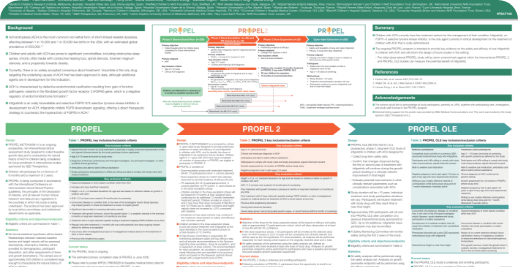
Ravi Savarirayan, Josep Maria De Berga, Paul Arundel, Helen McDevitt, Valerie Cormier-Daire, Vrinda Saraff, Mars Skae, Borja Delgado, Antonio Leiva-Gea…
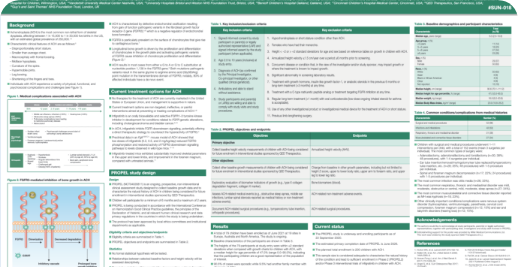
Ravi Savarirayan, Josep Maria De Berga, Paul Arundel, Jean Pierre Salles, Antonio Leiva-Gea, Vrinda Saraff, Helen McDevitt, Fernando Santos-Simarro…
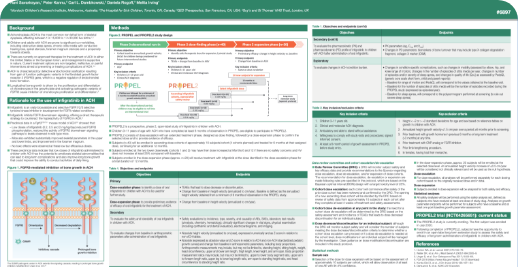
Ravi Savarirayan, Paul Arundel, Josep Maria De Bergua, Helen McDevitt, Valerie Cormier-Daire, Vrinda Saraff, Mars Skae, Fernando Santos-Simarro, Jean Pierre

Ravi Savarirayan, Peter Kannu, Carl L. Dambkowski, Daniela Rogoff, Melita Irving
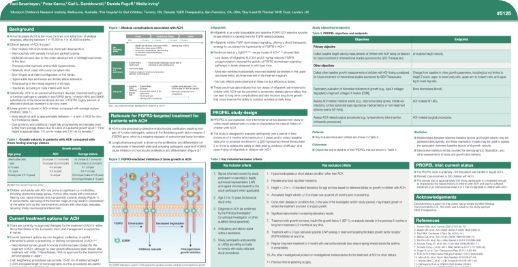
Ravi Savarirayan, Peter Kannu, Carl L. Dambkowski, Daniela Rogoff, Melita Irving
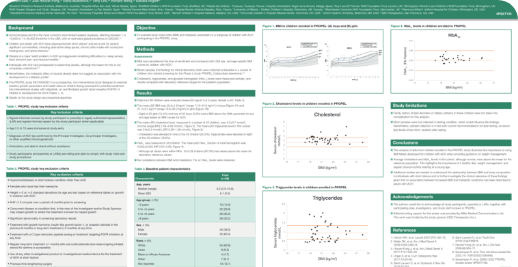
Ravi Savarirayan, Josep Maria De Bergua, Paul Arundel, Jean Pierre Salles, Antonio Leiva-Gea, Melita Irving, Vrinda Saraff, Helen McDevitt, Fernando…
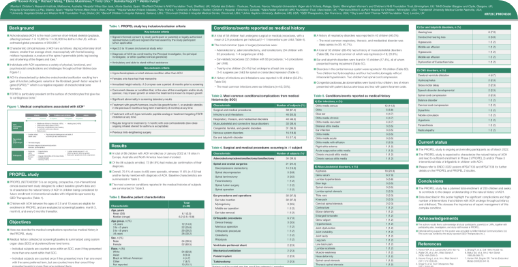
Ravi Savarirayan, Josep Maria De Bergua, Paul Arundel, Jean Pierre Salles, Antonio Leiva-Gea, Vrinda Saraff, Helen McDevitt, Fernando Santos-Simarro…
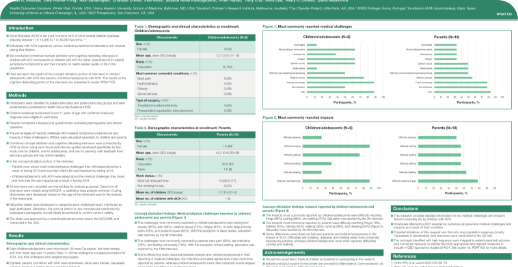
Susan D. Mathias, Julie Hoover-Fong, Ravi Savarirayan, Chandler Crews, Inês Alves, Susana Noval Iruretagoyena, Amer Haider, Terry Cho, Anne Lee, Hilary…
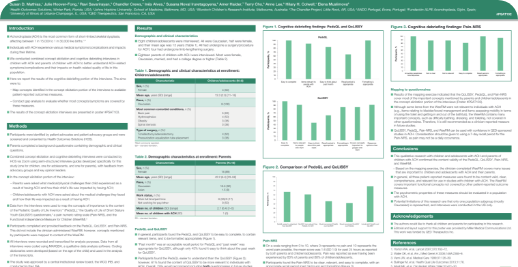
Susan D. Mathias, Julie Hoover-Fong, Ravi Savarirayan, Chandler Crews, Inês Alves, Susana Noval Iruretagoyena, Amer Haider, Terry Cho, Anne Lee, Hilary…
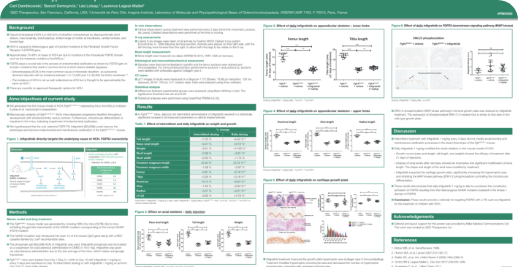
Carl Dambkowski, Benoit Demuynck, Léa Loisay, Laurence Legeai-Mallet
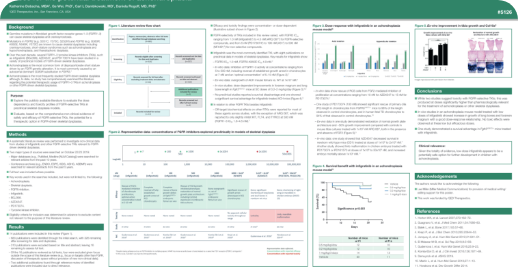
Katherine Dobscha, Ge Wei, Carl L Dambkowski, Daniela Rogoff
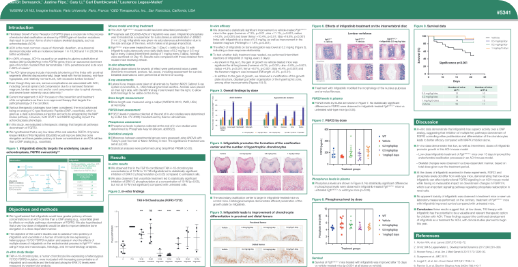
Benoit Demuynck, Justine Filpo, Gary Li, Carl Dambkowski, Laurence Legeai-Mallet
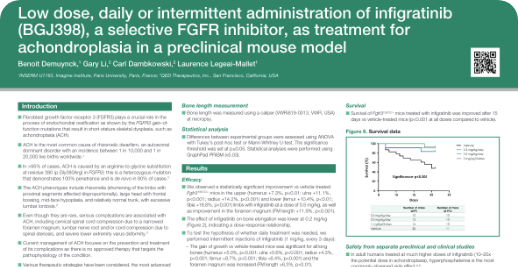
Benoit Demuynck, Gary Li, Carl Dambkowski, Laurence Legeai-Mallet